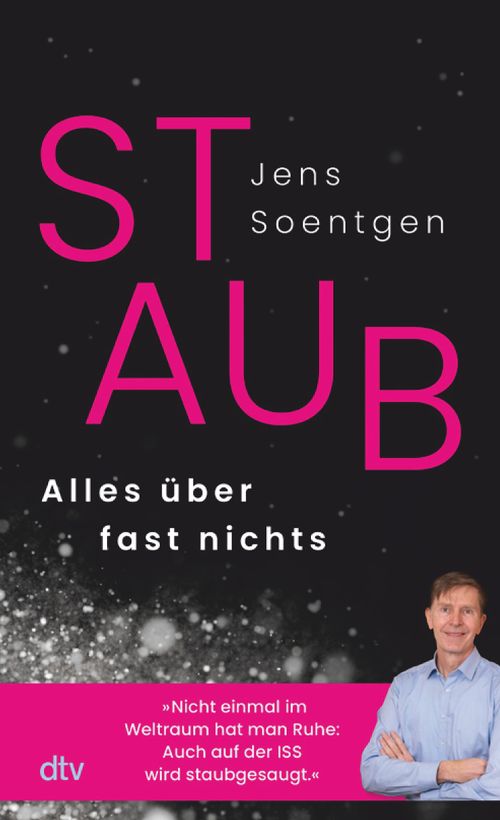DUST
The big wide world of tiny particles
When we talk about dust, it’s usually because there’s a problem: house dust triggering allergies, fine dust polluting city air, or aerosols transporting dangerous viruses like COVID-19. But these small particles can do much more. Dusty soil, for example, is very fertile – the Amazon rainforest depends on fertilisation by dust from the Sahara Desert, and without dust in the air, it would be much darker on Earth because it reflects sunlight into the remotest corners of the globe.
Even meteorological phenomena such as rain or snow couldn’t exist without small particles in the air. Clever, witty and eloquent, dust expert Soentgen’s book explores these useful irritants that float around us every day – you won’t want to leave this one gathering dust.
- A declaration of love for a very special substance
- Wonderfully illustrated by Katja Spitzer
- For readers of Mai Thi Nguyen Kim and Randall Munroe
Jens Soentgen, born in 1967, leads the environmental research department at the University of Augsburg. His various research projects investigate coarse, fine and – most recently – ultrafine dust. The chemist and philosopher has also devoted himself to the topic of house lint. Since then, the subject has continued to follow and fascinate him and, since Soentgen realises that resistance is futile, he learned to love dust.


.jpg)
